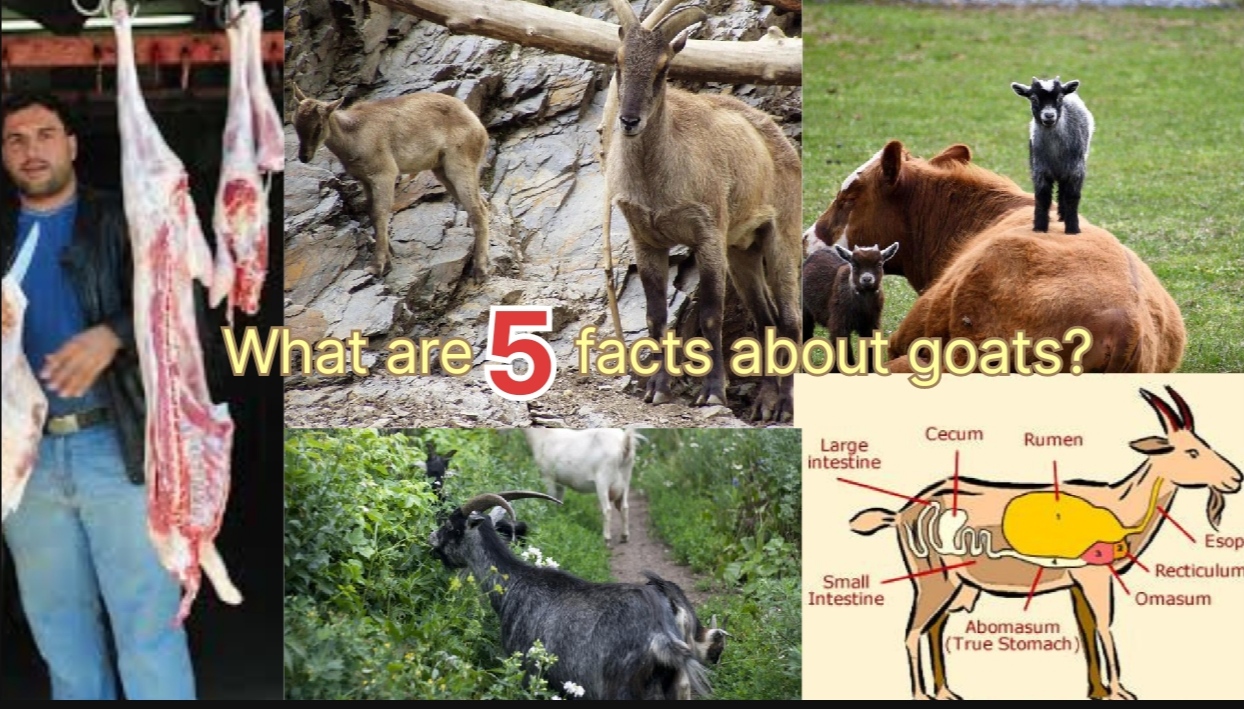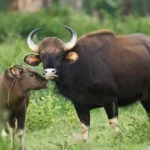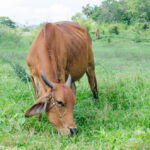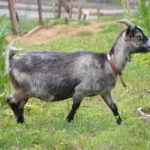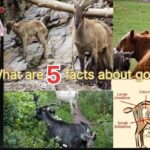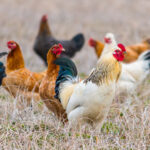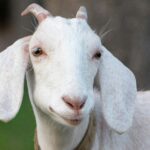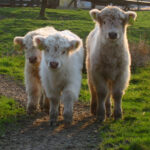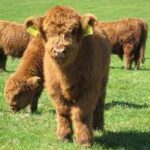Introduction of Goats:
What are 5 facts about goats? “Known for their curious nature, nimble movements, and unique contributions to agriculture, goats have long been fascinating creatures for humans. From their diverse diet to their impressive climbing abilities, goats possess a range of intriguing characteristics that set them apart from other domesticated animals. In this exploration, we delve into five captivating facts about goats, shedding light on their remarkable adaptations, social dynamics, and significance in various cultures worldwide.”What are 5 facts about goats? Read the full airtcle.
1. Goats are excellent climbers and have a remarkable ability to navigate steep and rocky terrain.
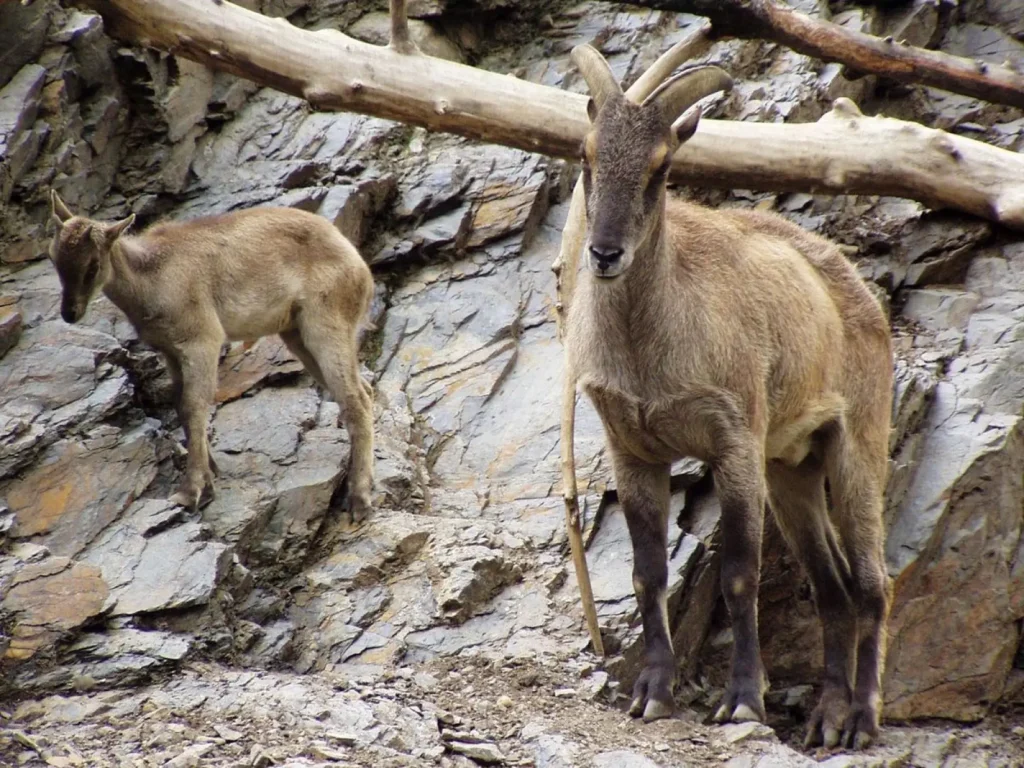
possess an extraordinary knack for scaling and traversing challenging landscapes characterized by steep inclines and rugged surfaces. Their adeptness as climbers is truly remarkable, allowing them to ascend sheer cliffs, negotiate rocky outcrops, and navigate precipitous terrain with apparent ease. Whether it’s foraging for food, seeking shelter, or simply exploring their surroundings, goats demonstrate unparalleled agility and sure-footedness in environments where many other animals would struggle to venture. This exceptional ability not only aids in their survival but also underscores the remarkable adaptability and resilience of these remarkable creatures.
2. Goats are highly social animals, forming strong bonds within their herds and displaying complex communication through various vocalizations and body language.
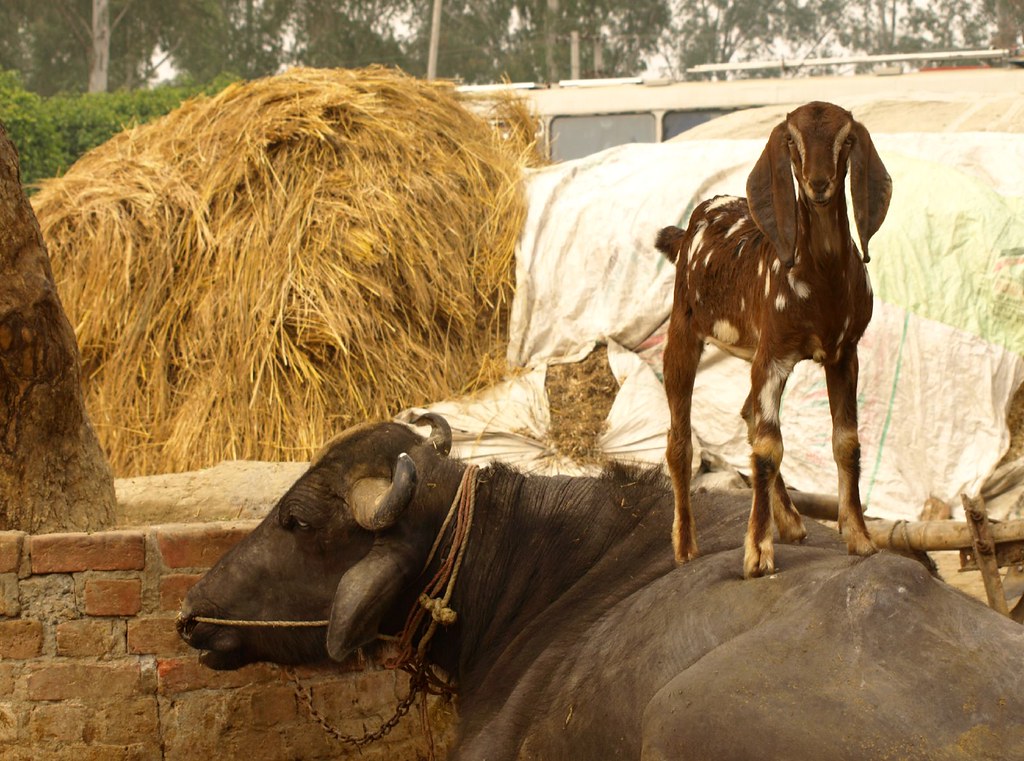
Goats are highly social animals that form strong bonds within their herds. They often display complex communication through various vocalizations and body language. For instance, goats use different types of bleats to communicate with each other, indicating things like hunger, distress, or seeking attention. They also use body language such as wagging their tails, rubbing heads, and even gentle headbutting to interact and establish hierarchies within the herd. These social interactions are crucial for their well-being and help them navigate their environment effectively. Overall, goats are not only known for their intelligence and curiosity but also for their rich social lives within their herds.
3. Goats are known for their diverse diet preferences, capable of eating a wide range of vegetation, including grasses, leaves, shrubs, and even woody plants.

Goats are renowned for their versatile eating habits, which allow them to consume a diverse array of vegetation. This adaptability stems from their natural behavior as browsers rather than grazers. While grazers primarily consume grass, browsers are more inclined to feed on a variety of plants, including leaves, shrubs, and even woody plants.
One reason for goats’ diverse diet preferences is their digestive system. They have a specialized stomach with four compartments: the rumen, reticulum, omasum, and abomasum. This complex digestive system enables them to break down a wide range of plant materials, including fibrous and woody vegetation, through a process called fermentation.
Furthermore, goats possess a keen sense of smell and taste, allowing them to select plants based on their nutritional content and palatability. This enables them to forage for a variety of foods to meet their dietary needs, even in challenging environments where food sources may be limited.
Overall, the combination of their unique digestive system and discerning palate allows goats to thrive on a diverse diet, making them highly adaptable and successful foragers in various habitats.
4. These resilient creatures have a unique digestive system that allows them to efficiently extract nutrients from tough, fibrous plants.
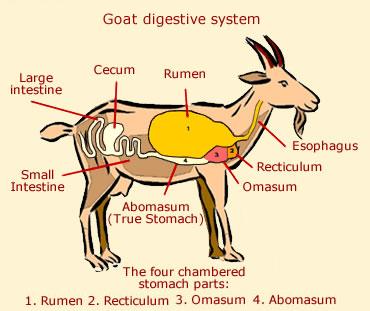
Goats, like other ruminants, have a unique digestive system that enables them to efficiently extract nutrients from tough, fibrous plants. Here’s how the digestive process works specifically for goats:
1. Rumen: The rumen is the first and largest compartment of the goat’s stomach. It acts as a fermentation chamber where microorganisms, including bacteria, protozoa, and fungi, break down the complex carbohydrates present in plant material. These microorganisms produce enzymes that can digest cellulose and other tough plant fibers, converting them into simpler compounds like volatile fatty acids and gases.
2. Reticulum: Adjacent to the rumen, the reticulum helps in the process of rumination, which is vital for the digestion of fibrous plant material. During rumination, goats regurgitate the partially digested food from the rumen, chew it thoroughly to further break down the fibers, and then swallow it again for further digestion. This process increases the surface area of the food particles, aiding in microbial action and nutrient extraction.
3. Omasum: The omasum is the third compartment of the goat’s stomach. It functions primarily to absorb water and essential minerals from the partially digested food material before it moves on to the next stage of digestion. The omasum’s many folds increase its surface area, facilitating efficient absorption.
4. Abomasum: The abomasum is the fourth compartment and is often referred to as the “true stomach.” It resembles the stomach of non-ruminant animals and secretes gastric juices containing hydrochloric acid and digestive enzymes. These substances further break down the partially digested food into simpler molecules like amino acids, fatty acids, and sugars, which can then be absorbed by the goat’s intestines.
Through this complex digestive process, goats are able to derive energy and nutrients from fibrous plants such as grasses, shrubs, and leaves, making them highly adaptable and efficient herbivores. Their ability to thrive on such diets is a testament to the effectiveness of their specialized digestive system.
5. Goats have been domesticated for thousands of years and play a crucial role in various cultures worldwide, providing meat, milk, fiber, and companionship to humans.

GOAT MEATS :
Goats are a significant source of meat in many parts of the world. Their meat, often referred to as “chevon” or “goat meat,” is lean, flavorful, and nutritious. It’s a staple food in many regions, particularly in areas where other meats are less readily available or where cultural preferences favor goat meat.
Certainly! Goats have indeed been domesticated for thousands of years and have played a crucial role in various cultures worldwide. Here’s how goats contribute to human societies:
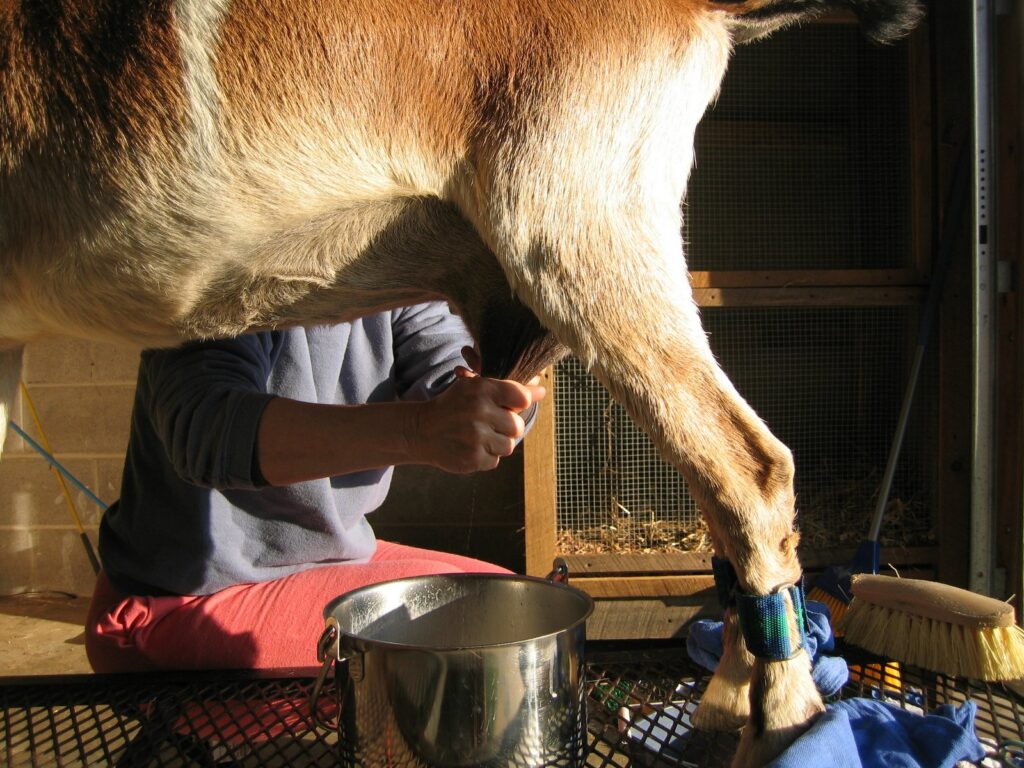
Milk :
Goat milk is consumed by millions of people globally. It’s an important alternative to cow’s milk, particularly for individuals who are lactose intolerant or have difficulties digesting cow’s milk proteins. Goat milk is also used to make various dairy products such as cheese, yogurt, and butter, contributing to the diversity of culinary traditions around the world.
3. Fiber: Certain breeds of goats, such as Angora and Cashmere goats, are valued for their high-quality fibers. Angora goats produce mohair, a silky and lustrous fiber, while Cashmere goats yield cashmere, a luxurious and soft wool. These fibers are used in textile industries to make clothing, accessories, and other products appreciated for their warmth, softness, and durability.
4. Companionship: Goats are often kept as pets or companion animals due to their friendly and sociable nature. They can form strong bonds with humans and other animals, providing companionship, amusement, and even therapeutic benefits. Many people enjoy raising goats not only for their practical benefits but also for the joy they bring to daily life.
5. Land management: Goats are adept at foraging on a variety of vegetation, including brush, weeds, and invasive plants. As such, they are often employed for land management purposes, particularly in areas prone to overgrowth or where mechanical clearing is impractical. Goats can help control vegetation, reduce fire hazards, and improve pasture quality through their browsing habits.
Overall, goats are versatile and valuable animals that have been integral to human societies for millennia. Their contributions to food, fiber, companionship, and land management make them indispensable to many cultures and communities around the world.
